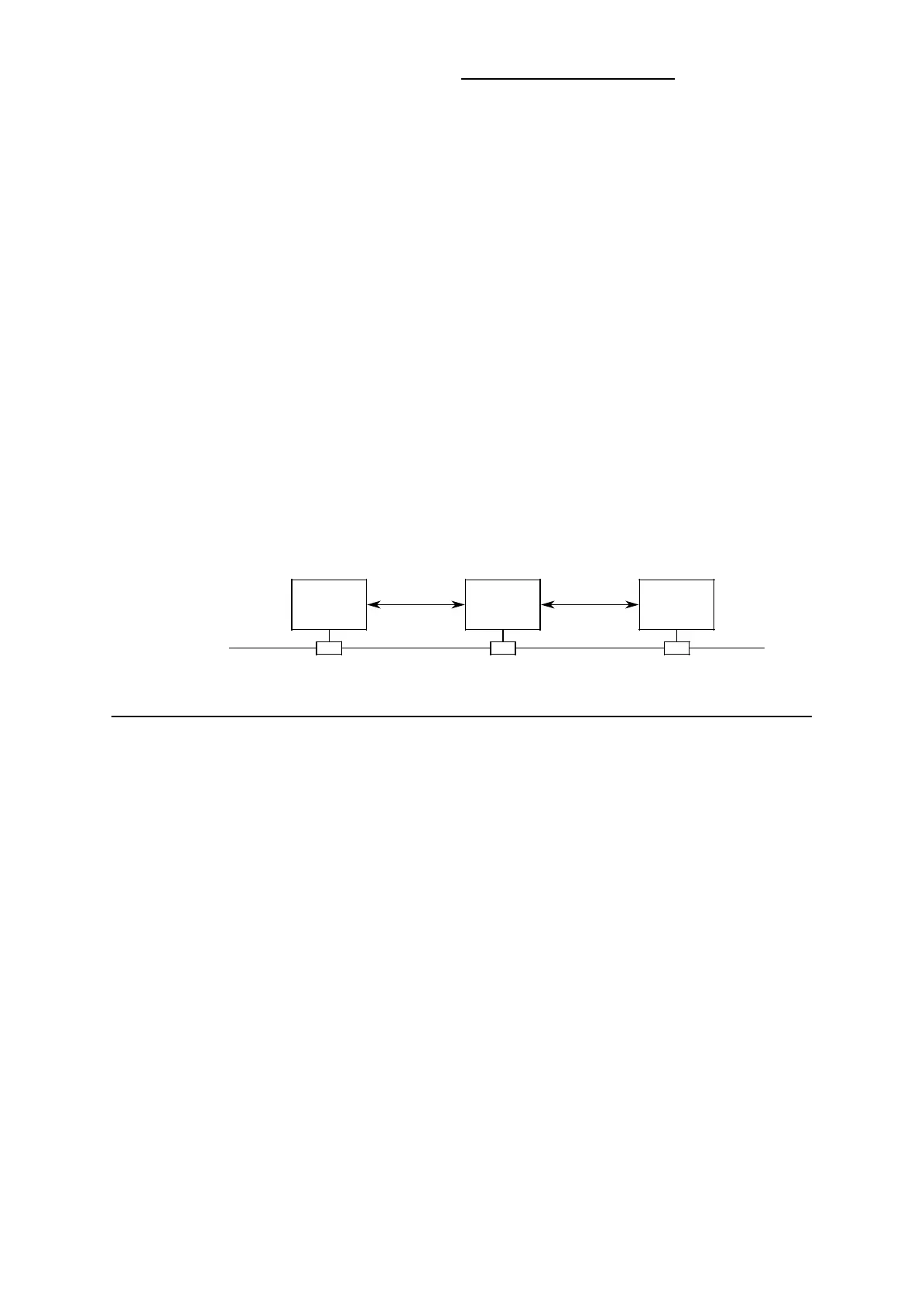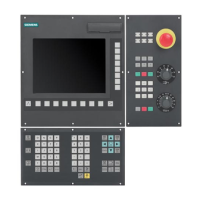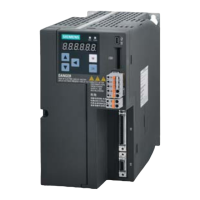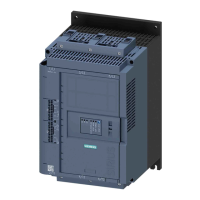Data Transmission by Accessing Layer 2 Services S5-95U, SINEC L2
8.1 Characteristic Features of Layer 2 Access Data Transmission
• Layer 2 accesses are used for communications between active stations or between active and
passive stations.
• In DB1, you can program up to 23 layer 2 accesses for sending data and up to 23 layer 2
accesses for receiving data.
• You can send/receive up to 242 bytes of net data per job.
• You can send data in parallel over all configured layer 2 accesses.
• You can receive data in parallel over all configured layer 2 accesses.
• To communicate over configured layer 2 accesses, you need the integral standard function
blocks L2-SEND and L2-RECEIVE ( chapter 5).
• You must specify the following parameters for L2-SEND:
- a job number to identify a particular layer 2 access
- the data you wish to send
• You must specify the following parameters for L2-RECEIVE:
- a job number to identify a particular layer 2 access
- where the data received are to be stored.
Figure 8-1 shows a typical hardware configuration. The examples in section 8.3 refer to PLC 1 and
PLC 2 in this configuration.
Figure 8-1. Example: Hardware Configuration Using Layer 2 Services
Layer 2 accessLayer 2 access
Bus
Passive
station
Active
station
CP 5410
(for PC)
S5-95U
(PLC 1)
S5-95U
(PLC 2)
. . .
None
Principle of Operation
The principle of operation of layer 2 services is described in the following section, and the function
model is shown in Figure 8-2.
The principle of operation of the various layer 2 services is explained in detail in the relevant
sections of the manual (from section 8.5 onwards).
8-2
EWA 4NEB 812 6112-02

